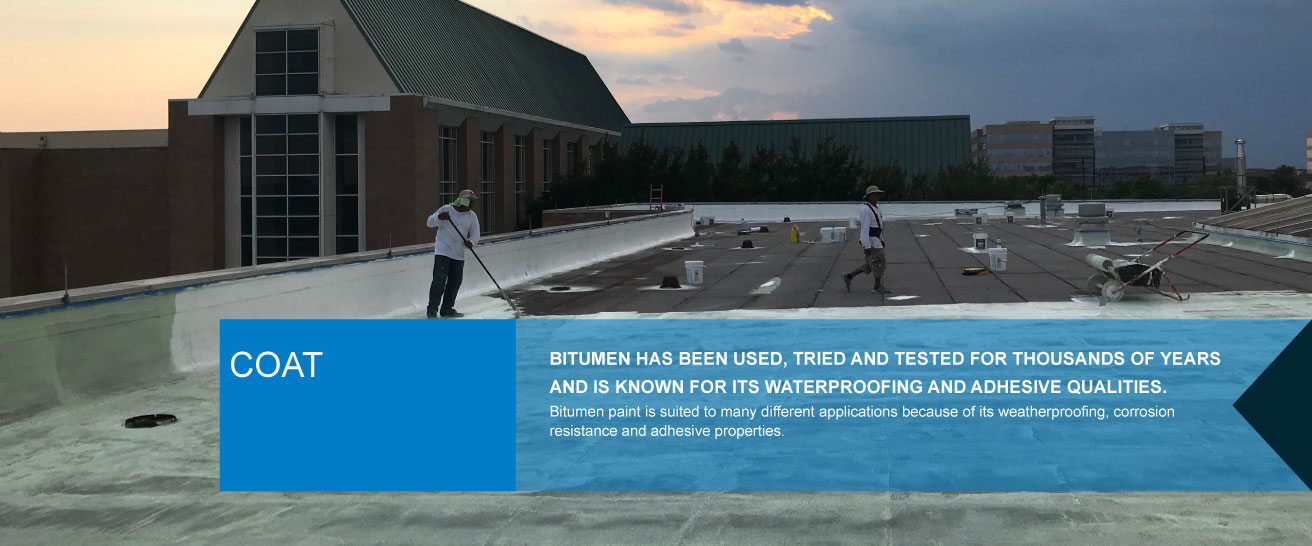
Bitumen Coat
Bitumen coating, also known as bituminous coating or asphalt coating, is a type of coating that, depending on its composition and polymerization grade, is used to create a vapor-proof and flexible protective coating. The polymer grade and also fiber reinforcement significantly affect the flexibility and protection of a bituminous coating against water and vapor.
Bituminous coatings are most commonly used in locations where the screed remains wet. It works well as a waterproofing agent and protective coating, particularly on concrete foundations and similar materials. Bituminous coatings can be applied both outside and inside of carbon steel pipes used in buildings.
Hydrocarbon molecules make up a large portion of bitumen coatings. Since these molecules are elongated, they become difficult to move. As a result, bitumen is extremely stable, particularly for low-temperature environments. It does, though, flow slowly and can be quite viscous. Bitumen is generally black, and if it is installed properly, it provides excellent cathodic protection for practically all underground structural steel pipes.
Bituminous coatings are generally solvent-free and ready to use. This type of coating is resistant to chemicals and UV rays, which makes it effective for wear and corrosion protection. They may well be applied in a variety of ways, including with rollers, paintbrushes, or sprayers.
Bituminous coating performs well in terms of waterproofing all surfaces, particularly those in direct touch with surface runoff water, dampness, and non-pressurized fluids like water.
Bituminous coatings are among the most cost-effective techniques for providing protection against corrosion to pipelines. A bituminous coating It may be the simplest coating method, too, which makes it a perfect material for casing pipes such as those used in road bores.
Pipe Coating
Pipe coating technologies have progressed while also modifying polymers. Economically, the outcome is lots of research and long-lasting petroleum firms.
This type of coating has been used in transmission line construction because it is cost-effective and environmentally friendly.
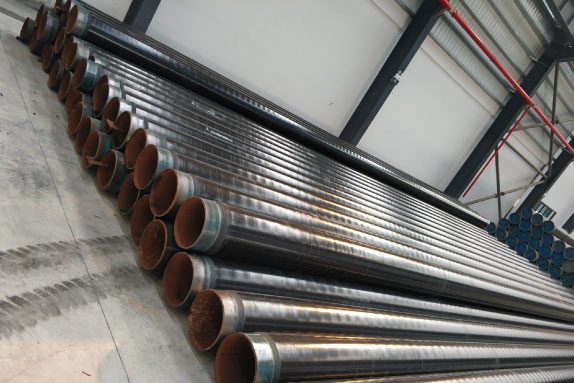
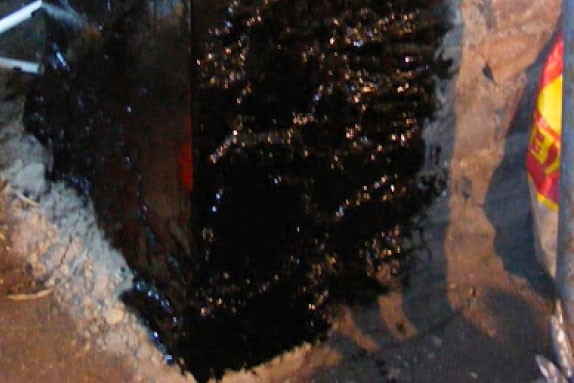
Bitumen Paint
Bitumen Paint is made of blending bitumen and white spirit, as well as stabilizers and viscosity additives. Cement, concrete, wood, and steel structures are all painted with bitumen paint. The bitumen paint serves as both a primer and a sealer.
How to Paint a Surface Using Bitumen Paint
Dust and dirt should be removed from the surface before applying bituminous paint. You have to make sure there is no grease and moisture on the surface before using this type of paint. It is preferable to wait 4-12 hours for the paint to dry completely.
Waterproof Bitumen Paint
Waterproof bitumen paint is a protective covering that is waterproof, weatherproof, and corrosion-resistant. It can endure extended oxidation and also is resistant to small doses of alkaline solutions and acids. It’s great for filling up portable water supply containers.
Waterproof bitumen paint is a full-bodied, solvent-based black bitumen paint that dries to an unscented, taint-free bitumen layer that may be used to protect metals, concrete roofs, felt, fiber cement, corrugated metal, pavement, and wood from water damage.
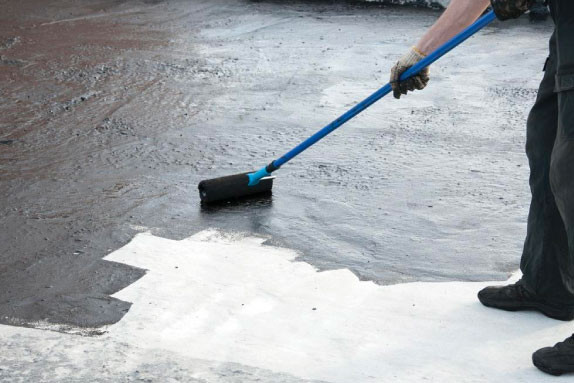
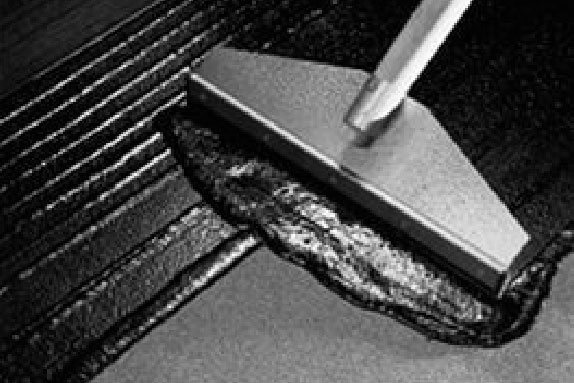
Bitumen Glue
Because of its waterproof qualities, bituminous adhesive glue is used in the cold bonding of building materials. This type of glue is thixotropic, meaning that when it is shaken, swirled, or somehow disturbed, it will become liquid and then settle back to a gel when it is left to stand for a while. The inclusion of polymerized oil in combination with EVA (ethyl-vinyl-acetate) copolymer resin and non-polymerized oil in combination with oil absorbent fillers gives this glue its thixotropic qualities. The usage of a mixture of these chemicals has the benefit of providing thixotropic characteristics with no need for any solvents.
Bituminous Felt
Bituminous felt is a waterproof material that is used to cover rooftops or to act as a substrate underneath slates or tiling. Bitumen felt or Bituminous felt is manufactured by mixing bitumen, a substance similar to tar that is formed from crude oil distillation, with sand or crushed limestone. Then they will apply it to a fibrous membrane composed of hessian, paper, polyester, or fiber-glass. A beautiful finish may be achieved by applying a layer of sand or small pebbles to the felt.
Roofs can be waterproofed using bituminous felt, which is a cost-effective and practical option. It is commonly used on surfaces like flat roofs, and also outbuildings, and other garden structures. The felt strips must be connected and trimmed in a way so water can never infiltrate when it is used to cover flat roofs. This can also be accomplished using a gas torch (torch-on products are ideal for this), or with a cold-applied adhesive.
Bituminous felt will last for many years if it is correctly installed on flat roofs. However, it is susceptible to deterioration and decays with time. As a result, every flat roof should be mentioned in a survey report, particularly when there are indications of water penetration.

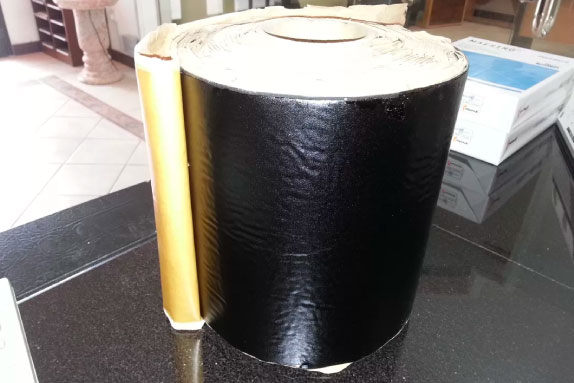
Bitumen tape
Bitumen tape of the invention is suitable for sanitary and building applications for sealing against water and in vehicles for sealing or for sound insulation especially for the construction or repair of roofs, covering joints or for the tight connection between masonry or concrete and installing parts like window frame or sheet metal. The width of the bitumen tape preferably from 24 to 105 mm.
